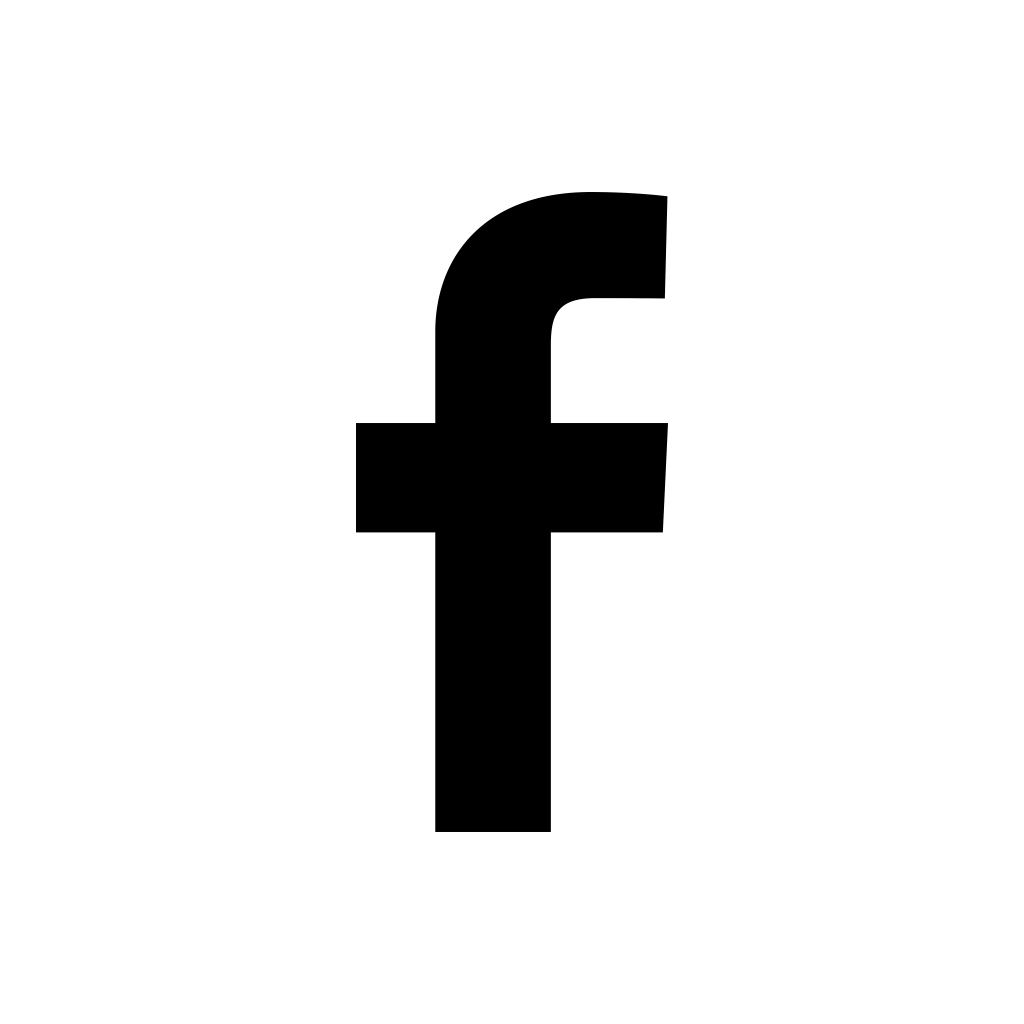Nappy rash can become the bane of many mum’s (and baby’s) lives, and without any doubt prevention is the best solution, so explanation is the key.
Nappy Rash is erythema (skin reddening) on the groin, around genitals, buttocks and/or anus, and this can lead on to the other nappyrash symptoms of macules (pinkish areas), pruritus (itching) and scaly oozing lesions.
The most common cause is termed Contact-Irritant Dermatitis also known as Ammonia Dermatitis, which is the sensitive infant skin being exposed to the ammonia from their urine or faeces (pees or poos) ‘burning’ the skin and changing its pH from naturally acidic to unnaturally alkaline.
Golden Rules to assist the improvement of nappyrash include:
- Gently thoroughly clean the nappy-zone area with warm water and perhaps aqueous cream and/or disposable hypoallergenic wipes and/or reusable damp Chux®-type cloths (that can then be soaked, washed and re-used).
- Do not use soap including any non-hypoallergenic bubble-bath or shampoo.
- Gently pat or dab the skin dry.
- Generous application of nappyrash barrier crème (eg zinc-oxide or castor-oil) and/or nappyrash barrier talc/cornflour and/or other ‘natural’ nappyrash lotions to inhibit further pee or poo contacting the damaged skin. [Note: Coating should be thick enough not to be able to see the skin through the ‘barrier’.]
- Use quality highly-absorbable and ‘all-over breathable’ disposable diapers, or reusable cloth-nappies washed in hypoallergenic detergent with quality nappy-liner and no plastic over-pants.
- Change nappies frequently.
Initial nappy-rash (contact-irritant ammonia-dermatitis) combined with a warm humid environment, can lead on to skin excoriation (damage of the skin surface) with subsequent loss of the skin’s natural protective layer, collectively resulting in microorganisms (germs) then being able to more easily penetrate the skin’s epidermis, potentially causing the complication of a secondary infection, such as the fungal infection Candida albicans (Thrush) or bacterial infection such as a Staphylococcal.
These secondary infections can take on several symptoms such as water blister pustules, scattered little red bumpy pimples around the edges, or in severe cases peeling skin, which leaves a red raw surface that can bleed.
With secondary fungal or bacterial infections, there is an additional ‘Plan of Attack’ crusade the caregiver can then use to ultimately fix the problem:
Find the Cause
Infrequent nappy changes, less-absorbent new nappies, nappyrash barrier not adequately effective – or even new foods a lactating mother has eaten causing an allergenic nappy-rash (eg eczema) misdiagnosed as infection.
Expose Skin to Open-Air
Whenever possible, leave baby to kick around with its nappy off, as exposure to air can be very beneficial to skin healing.
Antifungal / Antibacterial
Use antifungal or antibacterial treatment under nappyrash barrier, such as antifungal/antibacterial ointment; or twice-daily application of a 1%-solution of the traditional bactericide-fungicide Gentian Violet; and/or applying the soothing analgesic-antiseptic Hypercal lotion; or putting drops of the antiseptic-bactericide Tea Tree Oil in the bath water or using diluted Tea Tree Oil to wash the nappy-zone area.
Stubborn Secondary Infection
With nappyrash that is proving difficult to successfully treat, it may pay to ask your GP to take a swab to culture for antimicrobial sensitivity testing to check the best pharmaceutical treatment available.
Eczema (Atopic Dermatitis)
Potentially mistaken as nappyrash, the most common clinical form of this itchy-skin disease Eczema is Atopic (local) Dermatitis. Often the child also suffers from asthma, and there is usually a family history of hypersensitivity disease such as asthma, hay-fever and/or atopic dermatitis.
The infantile form of Eczema (atopic dermatitis) is characterized by vesicle formation (small skin blister than contains fluid), oozing, and crusting. It can be accompanied with Rhinitis (runny nose), and as with regular nappyrash, Eczema can lead on to secondary fungal or bacterial infection.
Infantile Eczema usually begins on the cheeks and may progress to the scalp, arms, trunk and legs, and it typically can become milder as the child ages. Eczema has often disappeared by about 15 years of age, but can continue throughout life.
Important actions to combat Eczema:
Reduce Symptoms
Apply lotions to sooth itchiness such as Calendula and Zinc-Oxide mixed with Vitamin-E oil or Aqueous crème; or a number of other beneficial over-the-counter natural ointments; or for more severe cases, pharmaceutical drug treatments as prescribed by a GP.
Eliminate Common Allergenic Foods (Lactating Mother’s diet or Infant’s Solids diet)
Particularly dairy (especially milk), citrus, peanuts, wheat, eggs, corn and tomatoes – which together are said to account for more than 80% of all allergenic reactions. (And consider adding back in a calcium supplement.)
Investigate & Research
Because eczema can potentially affect a child for years, it is also wise for the caregiver to do become knowledgably informed about the disease (such as reading books and websites) to learn to understand proven eczema causes, current research, naturopathic remedies and pharmaceutical treatments.
At the end of the day, nappyrash and eczema are both particularly common in our Western society, but are rare for most indigenous cultures in native societies. Thus, it is logical to assume that nappyrash and eczema are, in reality, related to our Westernised lifestyle – so a little lifestyle modification may be all that it takes to assist our children to suffer less from these frustrating and irritating skin disorders.

